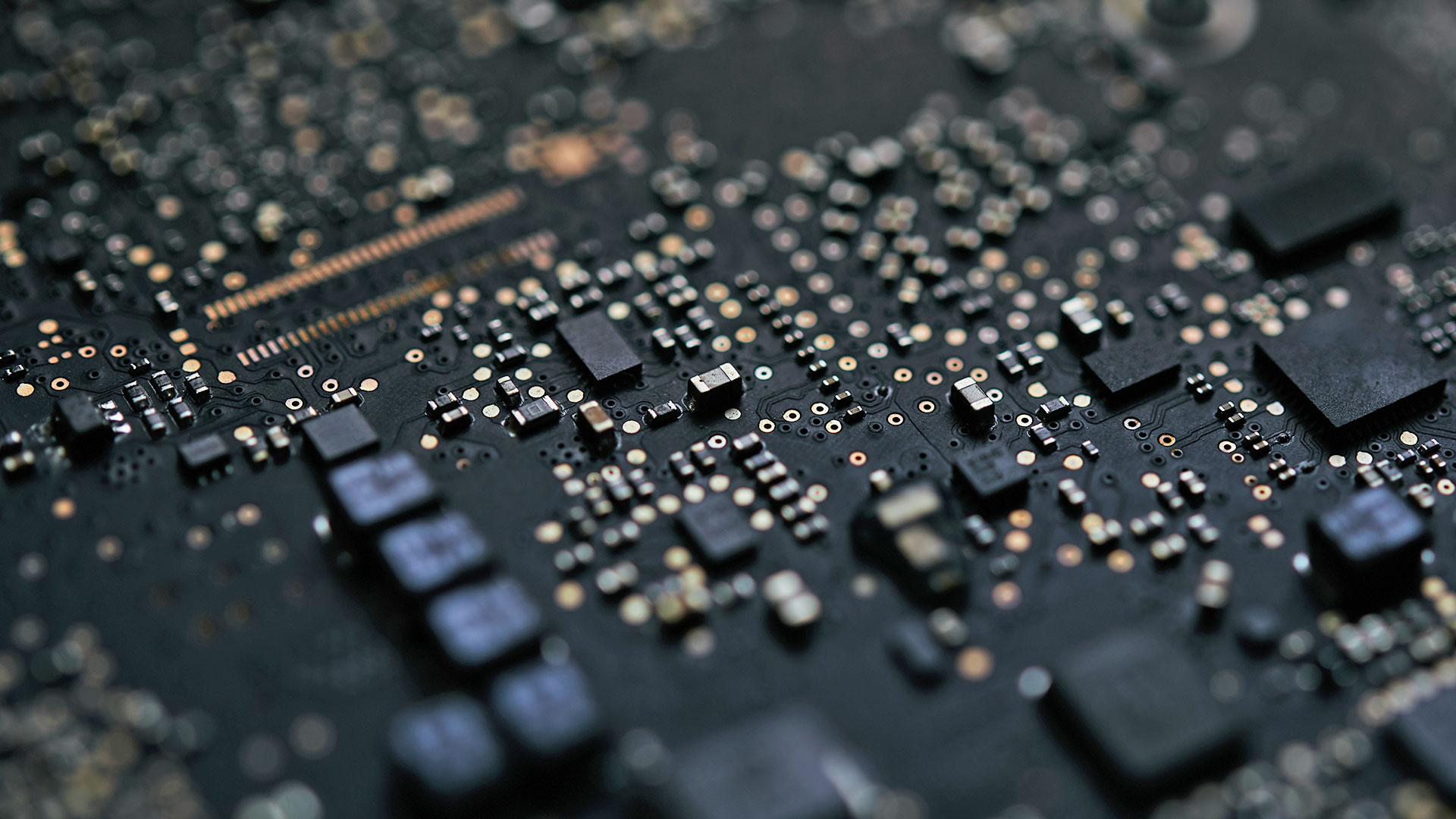Prepare for CRA compliance as Interniche NicheStack TCP/IP will reach end of general support
We at Tuxera are dedicated to developing products that are secure and resilient against the threats of the connected world....
We are here to help
Have a question or need guidance? Whether you’re searching for resources or want to connect with an expert, we’ve got you covered. Use the search bar on the right to find what you need.


Embedded World 2021 revealed much about what’s shaping the embedded realm in general, and specifically industrial IoT systems design and development – with vision technology, AI, and data-driven applications leading the way.
Tuxera approached the Embedded World 2021 conference with a focus on reliability challenges faced by industrial IoT systems designers. While the convenience of moving from talk to talk in just a few clicks was handy, the real gems of the event were, of course, the fascinating topics covered at the conference. Some exciting trends that are heavily influencing the embedded realm now revolve around the booming adoption of vision technologies, as well as artificial intelligence in industrial applications. Read on as I go into a little more detail about these trends.
One of the fascinating trends discussed in detail at the conference was around industrial vision systems. Machine vision is used, for example, to bring image-based, automated methods into industrial applications such as quality analysis and inspection activities, or for steering robots. Machine vision is a sharply growing area of embedded technology. According to Research and Market, the industrial machine vision market is growing at a rate of 7.61% (CAGR) between 2017 and 2023. Companies are, of course, adopting these technologies for a competitive edge – but also for cost-savings and risk management measures. It goes without saying that these applications also involve a lot of real-time processing of data.
Another major talking point was artificial intelligence used in industrial applications – and that’s hardly surprising. According to Fortune Business Insights, AI in manufacturing market is projected to grow at a rate of 24.2% by 2027. AI is used to make automation more efficient and more precise, though it’s also used in, for example, predictive maintenance. Machine learning can be used to detect signals when equipment would start to wear and then “call in” for maintenance work before any operations are critically impacted. And – no surprise again – these applications also require real-time processing of data.
One thing on everyone’s lips was the amount of data being generated by embedded industrial use cases, mirroring the data-driven trend in pretty much every other sector in the world. An interesting topic that came up in one roundtable I attended was not around “making all the data”, but conversely, “reducing all the data”. And by that we mean techniques that can decrease the amount of data that would need to be processed, stored, or sent to the cloud. One such means includes using AI to focus on areas of data collection that are significant to the operation in question. Take – for example – facial recognition technology. This is one way to reduce data: if faces are the important data we need, then data capture should only focus on faces and immediate surroundings (and not say, the entire factory floor behind them). Yet another topic we discussed in this data reduction round table was compression – both compressing the amount of data to be stored or processed, but also compressing it before sending to the cloud. I found that point significant when thinking of compression on a file system level, or also during network transfer – as with Tuxera Fusion SMB (formerly Fusion File Share by Tuxera), our advanced SMB file-sharing implementation.
Along with the interesting trends in embedded industrial IoT, were the engaging talks and roundtables held by various companies. Many of the interesting and well attended ones involved several firms, along with customers, partners, and suppliers discussing specific topics in detail. However, nothing can truly replace the ability to wander the exhibition hall, see all the bling messages and screens and faces eager to tell you about their products. A fully digital Embedded World wasn’t perfect, though despite a few hiccups, we were happy to participate. And we definitely want to return to the exhibition and conference floor to learn more about embedded technology trends in 2022.
If you attended Embedded World 2021, then you perhaps had the opportunity to hear Thom Denholm, our Technical Product Manager, talk about data sanitization techniques for embedded device data security. If you didn’t make it to his talk – no worries! Thom’s whitepaper, linked below, delves into more detail and complexity on his presentation topic.
As a quick teaser of what this whitepaper is all about, here is the abstract: Removing data securely from flash media is more challenging than older magnetic designs. The software and firmware must work in unison to provide secure solutions that are increasingly in demand. In this paper, we detail the secure interface from the application to the media and point out the possible pitfalls along the way.
Download the whitepaper: “Keep device data safe with secure erase“
Suggested content for: